Luis’ Tamales from Guatemala
- December 2020
- By Luis Yanes
- Recipe from Guatemala
-
- (24)

This family recipe for tamales is from one of our favorite Guatemalan homecooks: Luis Yanes. ”I live in the New York area now, but I grew up in Guatemala watching my family—my great aunt, my grandmother and my mom—make these pork or chicken tamales, says Luis. ”Of course, tamales required the help of our entire family, but they were always the ’kitchen managers.’”
The very process of making tamales meant a feast was in order, Luis says. ”Growing up, we would eat them on special occasions, since they can take up to three days to prep and make. Christmas was the best time to make them since the family was all together already and more hands were readily available to help—in the prep and in eating them!
”In Guatemala, our tamales have many layers, each of which has its own unique ingredients or plays a key role in the making of the tamale. The components are the masa (dough), the recado (sauce), a protein (pork or chicken are most popular), and a few diced vegetables. We put all of these ingredients together and then wrap each one in banana leaf and steam. That is the quintessential tamale! It’s easy to transport and full of calories to prepare you for the day.
How Luis Learned to Make Tamales
”I would say my mom started me out on my path to cooking. I remember I would always watch her and check what she was doing in the kitchen. One of the earliest things that I remember making as a child was black bean soup, a staple in Guatemalan cooking.
”Since Guatemalan food is typically very hearty, and we are all trying to stay healthy, when I am homesick for Guatemala, I usually make a simple chicken and vegetable soup with cilantro and mint. This is one of the simplest things you can make with a few veggies and the chicken provides a ton of flavor. The only real seasoning I use is salt.
”In general, I just love food and cooking. The concept that you can make something from scratch or/nothing, and have the final product be something delicious has always intrigued me. I’ve always been curious about how things work or why things are the way they are from a young age. This natural curiosity leads me to the kitchen usually, where the final product is always food! It’s just one of the many reasons my wife Sarah and I lead New York City area city and food tours through our company, Funky Experiences.
”One of the things to keep in mind when making a traditional meal is that it takes time. So you must be patient with every single step. It’s the difference between a thin soup with OK flavor and an amazing hearty stew with incredibly complex flavors. In my experience, I would say that the one thing that you should do is be patient and learn to love organization. Planning ahead is a huge part of ensuring you cook everything in the right steps. Never be impatient with food prep or cooking—it will pay off and come through in the final product.
”I technically have been making these tamales alongside my family for years, but this is the first time that I made them by myself! Let me know how you like them.”
A Celebration of Tamales Around el Mundo
Curious about tamales around el mundo—and the many names they go by?
No matter their origin or ingredients inside, if they use corn husk or banana leaves, tamales are a prized dish throughout much of Latino cultures, served on the most special of occasions. If you want to try other versions of this ancestral comida, check out Familia Kitchen’s family-famous recetas for these masa-stuffed wonders:
• Liliana’s Venezuelan beef, pork and chicken hallacas
• Michelle and Pat’s Puerto Rican yuca, plantain, green bananas & pork pasteles
• Doña Paula’s Belizean tamales
• Lisa’s Panamanian tamales
• Nanni’s Mexican tamales with pork & guajillo chiles, and
• We even celebrate legendary Mexican artist Frida Kahlo’s red pork tamales!
If you want to go deeper, check out Familia Kitchen’s history of tamales and corn across Latino culture. When you are ready to explore more comida Guatemalteca, check out Luis’ family-famous recipe for pepian con pollo made with toasted pumpkin and sesame seeds. It’s guaranteed delicioso, he says—and the national dish of Guatemala.
For a master class in tamales making, watch Luis make his family recipe—step by step—in this cooking video he made for Guatemala Next Generation.
Ready to Make Luis’ Family-Famous Guatemalan Tamales?
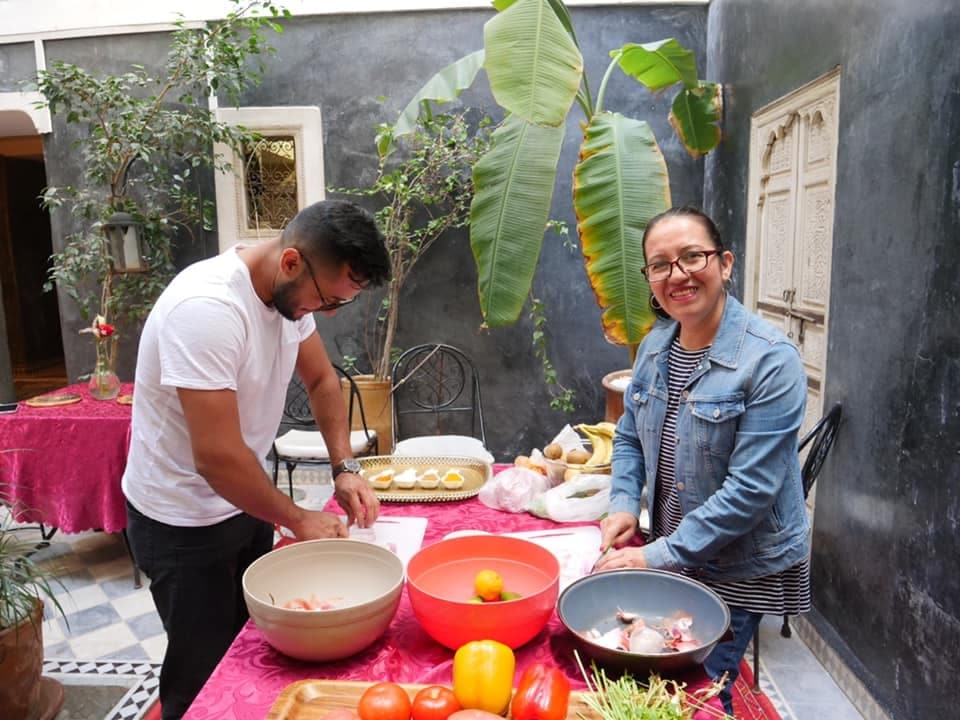
Like This


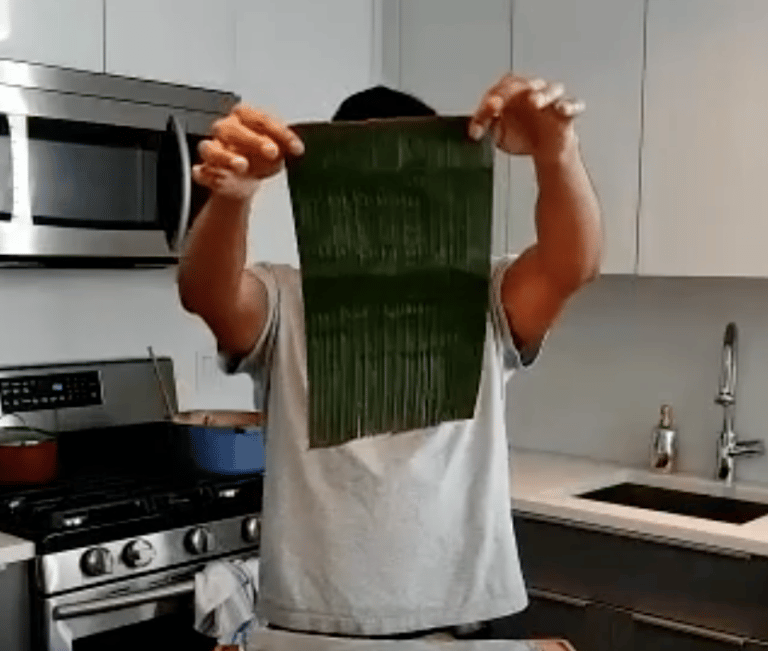
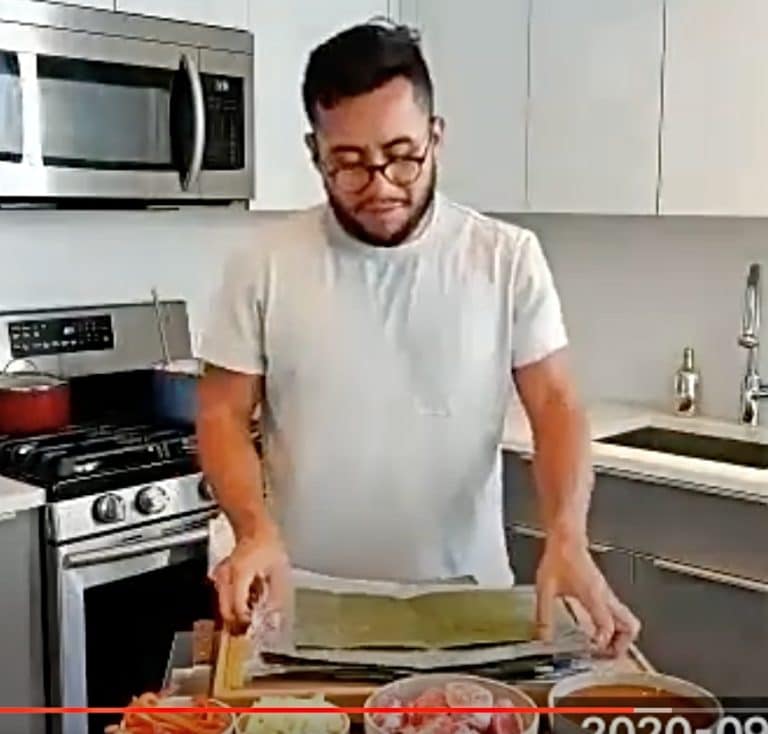
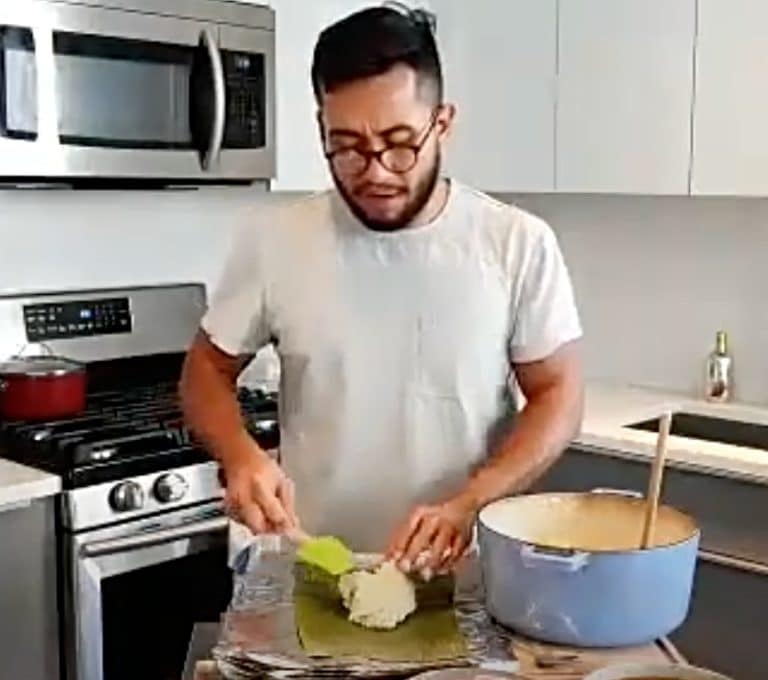
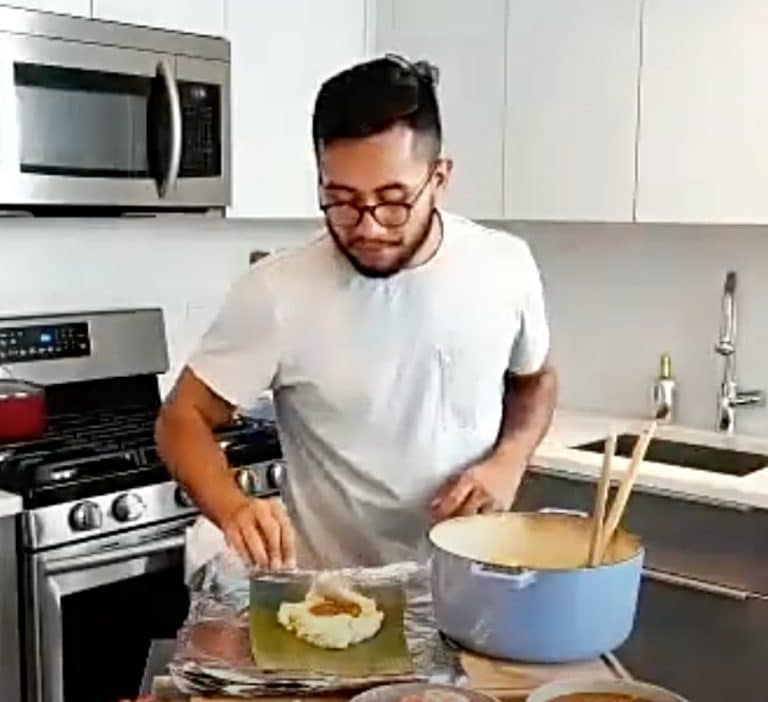
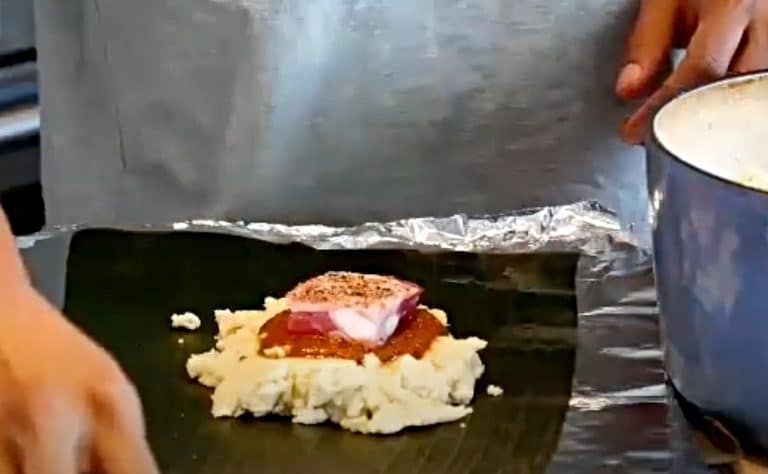
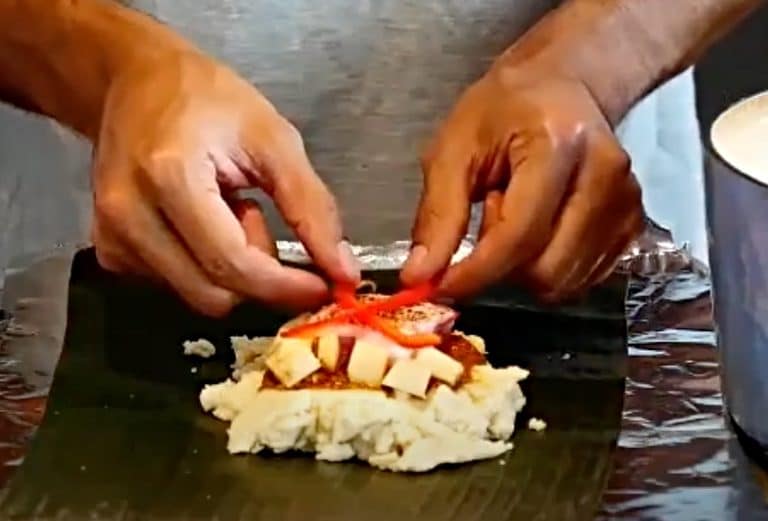
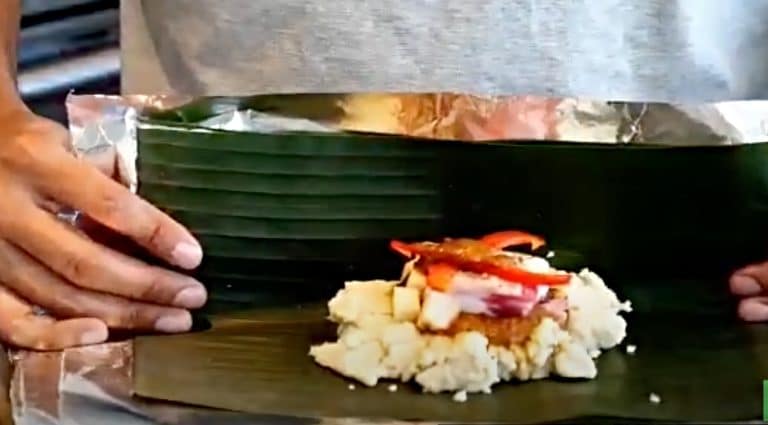



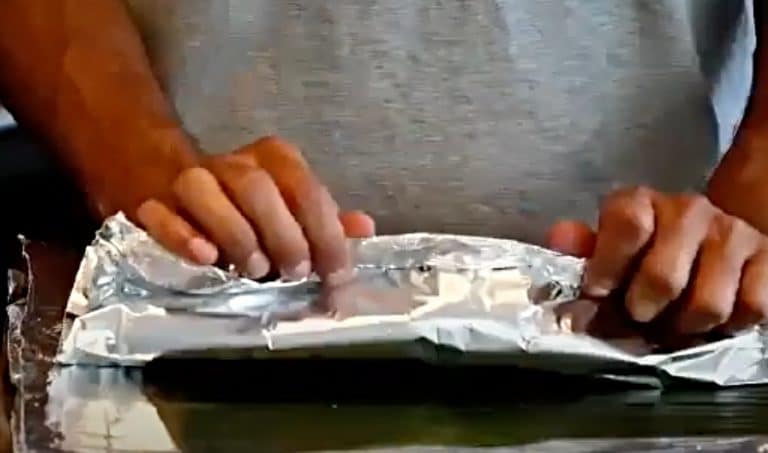
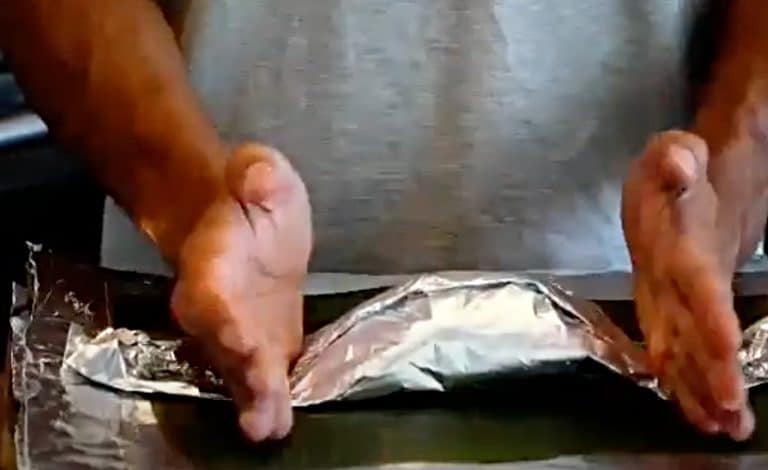

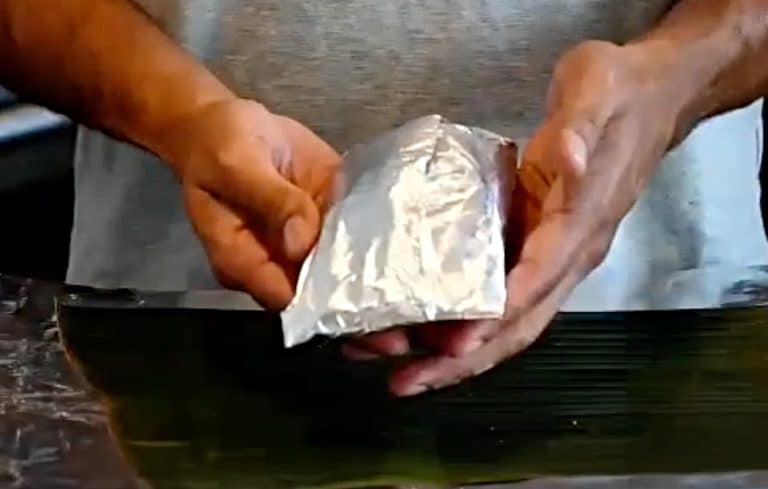
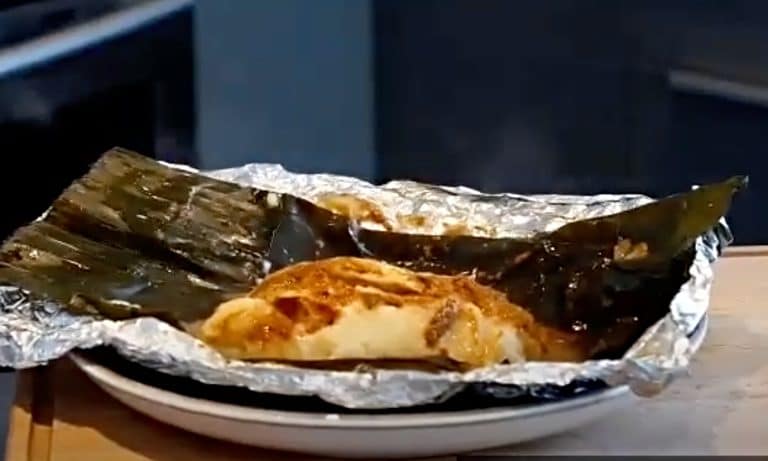
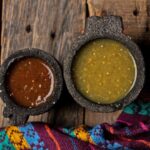



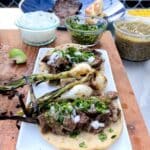
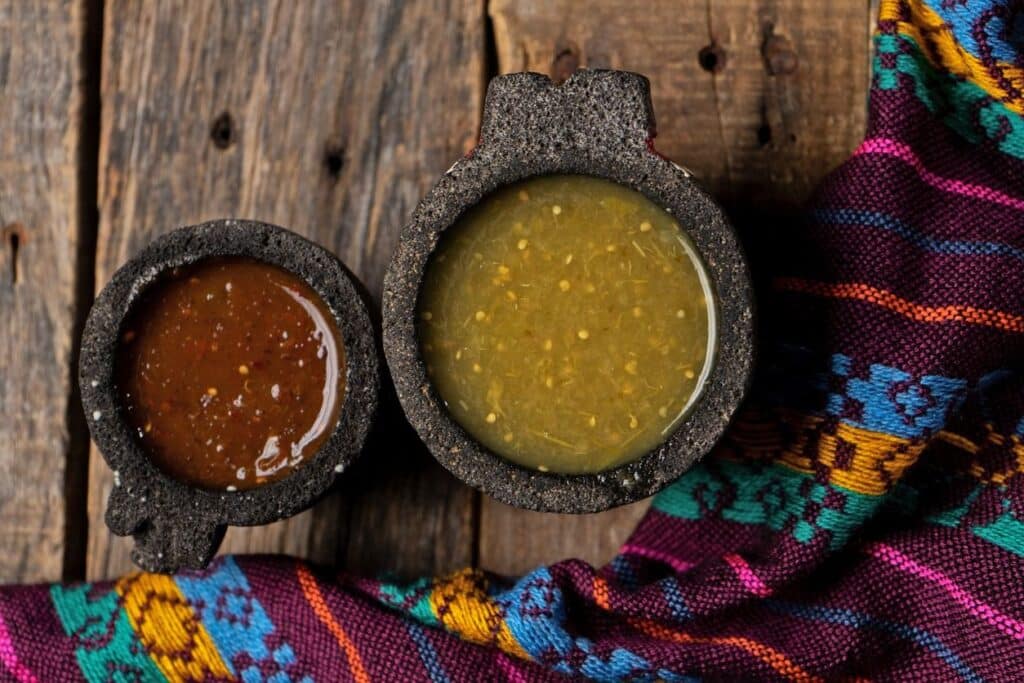

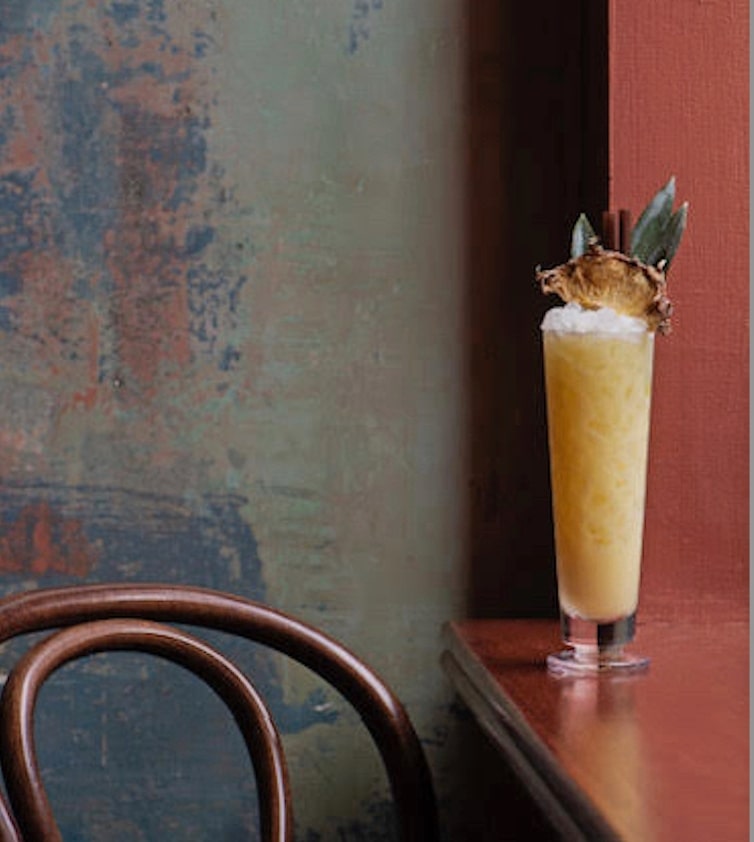
Got a question or suggestion?
Please rate this recipe and leave any tips, substitutions, or Qs you have!